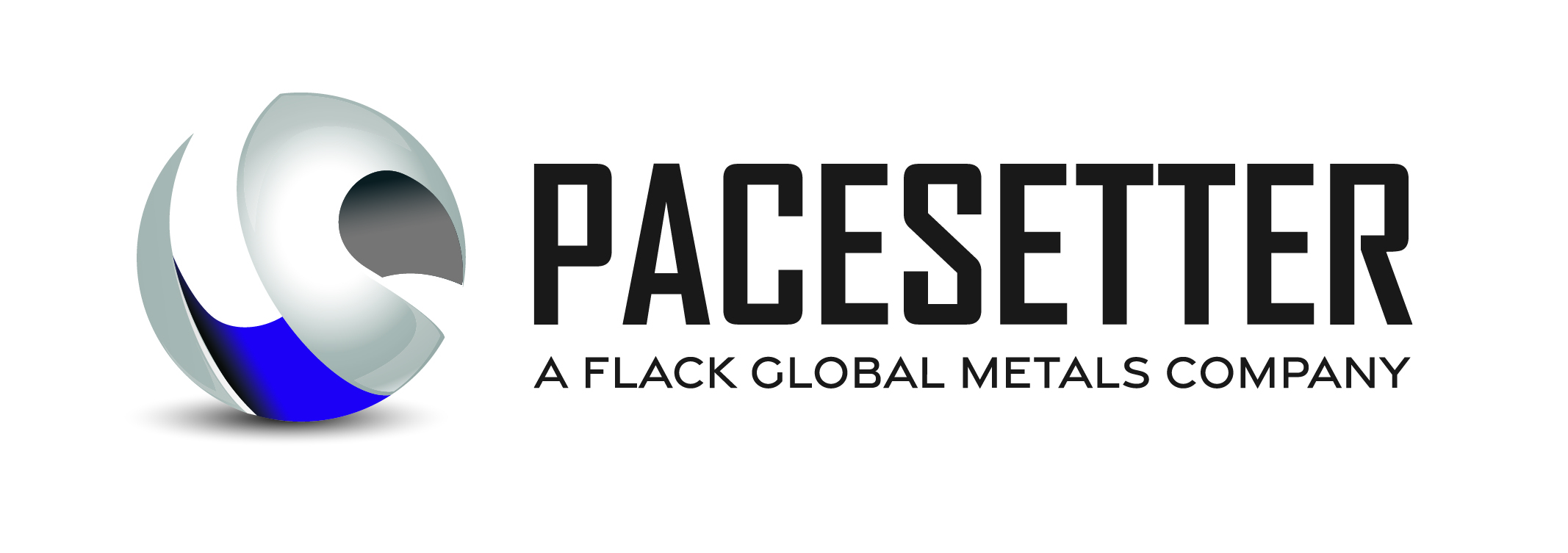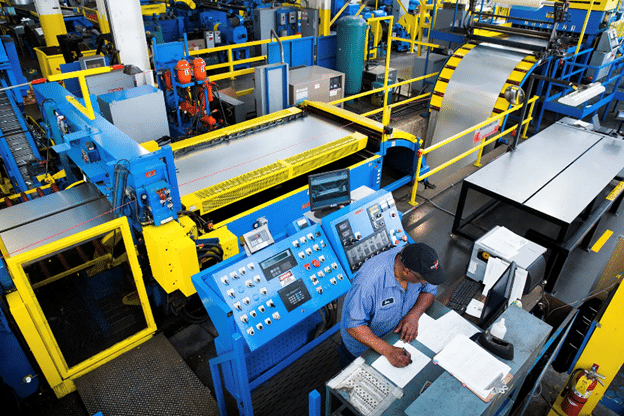Steel plays a crucial role in our modern world, finding applications in various industries. To maintain high-quality standards, it’s essential to recognize and understand common steel defects and how to address them. Companies involved in steel production and distribution, like ours, understand the importance of dealing with these issues.
In a perfect world, steel products would be flawless. However, due to the diversity of steelmaking processes, raw materials, finishing techniques, grades, and thicknesses, some imperfections may arise. Identifying, isolating, and addressing these defects is pivotal to ensuring products meet industry standards.
So, what exactly are steel defects, and how do they occur? Knowledge in this area is invaluable. A well-trained team is essential for recognizing and rectifying these issues, instilling confidence in customers regarding product quality.
Here are some common flat-roll steel defects to be vigilant about:
Coating Adhesion Issues
Coating adhesion issues happen when the coating fails to adhere correctly, exposing the substrate. Factors like material impurities can cause these problems.
Surface Imperfections
Surface imperfections, including indented or raised marks, can sometimes appear in a repeating pattern, indicating handling or manufacturing damage.
Wavy Patterns
Wavy patterns, typically transverse to the rolling direction, can occur in various areas of the steel strip.
Streaking or Raised Spots
Streaking or raised spots, often resulting from contamination during the manufacturing process, can be found on the surface of the steel.
Edge Irregularities
Edge irregularities can cause the edges of the steel to be longer or shorter than the center, creating distinctive wave-like patterns.
Surface Ripples or Creases
Surface ripples or creases can appear in a feathery or fern-like pattern diagonal to the rolling direction and are typically light and imperceptible to the touch.
These are just a few common defects to watch for when inspecting flat steel products. A better understanding of these defects equips us to identify, report, and prevent them. This dedication to quality ensures not only superior products but also a more reliable world for all of us.




